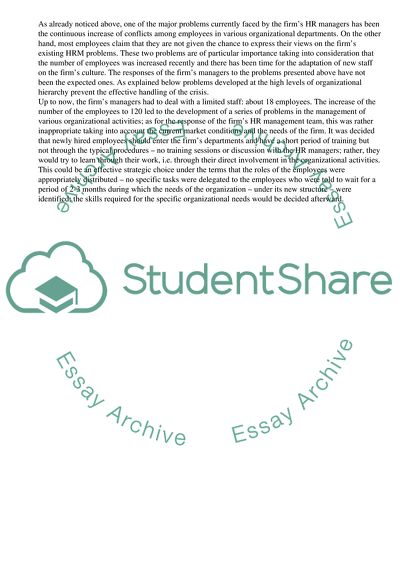Cite this document
(Managing the Employment Relationship Term Paper, n.d.)
Managing the Employment Relationship Term Paper. Retrieved from https://studentshare.org/management/1719651-managing-the-employment-relationship
Managing the Employment Relationship Term Paper. Retrieved from https://studentshare.org/management/1719651-managing-the-employment-relationship
(Managing the Employment Relationship Term Paper)
Managing the Employment Relationship Term Paper. https://studentshare.org/management/1719651-managing-the-employment-relationship.
Managing the Employment Relationship Term Paper. https://studentshare.org/management/1719651-managing-the-employment-relationship.
“Managing the Employment Relationship Term Paper”, n.d. https://studentshare.org/management/1719651-managing-the-employment-relationship.


